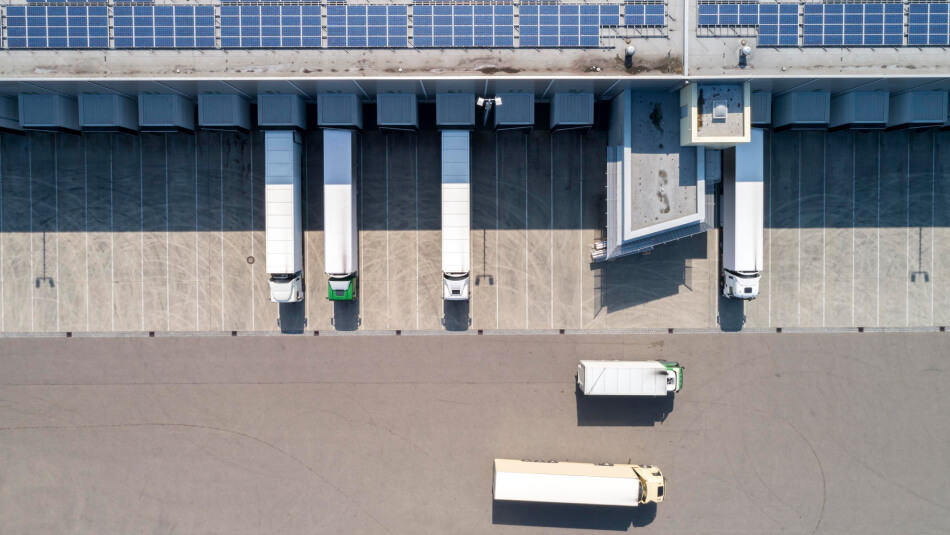Puget Sound Energy’s (PSE) recent announcement of its partnership expansion with AutoGrid to develop virtual power plants (VPPs) is noteworthy for several reasons. First, PSE is the state of Washington’s largest utility, serving more than one million residential and commercial and industrial (C&I) electric customers. Second, PSE is recognizing the critical role larger electricity loads of C&I customers can play in balancing the grid during the current energy transition. And third, the PSE program helps accelerate a future in which passive consumers evolve into prosumers that help solve energy and environmental challenges on a daily basis.
Industrial customers were once viewed merely as attractive loads to be managed for first generation demand response (DR) programs. Today, industrial and commercial customers are emerging as key players in shifting energy systems in a more sustainable direction.
PSE and AutoGrid began working together on a VPP program in 2021 to provide a centralized application for enrolling, dispatching, and assessing the performance of individual and combined DR programs across PSE’s portfolio. The partnership is now expanding to provide aggregation monitoring, reporting, and customer management for all participating programs contributing to VPP use cases, including DR. With the advanced DR and distributed energy resource (DER) management capabilities provided by AutoGrid Flex and its network of OEM partners and aggregators, PSE will be able to dispatch sufficient electric capacity to mitigate system peaks in both summer and winter. In the process, PSE’s C&I customers are capturing new revenue streams by leveraging their onsite resources for the benefit of the grid at large.
A Quick DR Program History Lesson
DR has been around for decades. Early programs provided large industrial customers with interruptible rate discounts that required manual on-off intervention, so engagement remained low. But thanks to advances in smart grid infrastructure, market reforms, and most recently artificial intelligence (AI), next-generation DR technologies are revolutionizing energy management. C&I customers can now participate in—and profit from—the new energy economy. Under the new PSE VPP program, for example, C&I customers are being paid incentives by fine-tuning energy asset and management program operations to the forecasted needs of their local distribution network.
Today’s DR technologies empower and reward energy consumers for helping to stabilize the grid. While DR started with large industries such as oil refineries and cement plants, real-time DR optimization programs have expanded to residential and commercial buildings, proving that Schneider Electric’s Grid to Prosumer initiative, first unveiled in 2021, is gaining momentum and making an impact. Schneider Electric, in collaboration with AutoGrid and Uplight, is now offering an end-to-end control room to grid edge DER management platform. With the help of AI, C&I buildings can respond to the real-time needs of power grids. Their role goes beyond basic load reduction to fine-tuned, constant control and active grid participation in DR, and as assets that can be combined with other DERs into proactive VPPs.
PSE’s Future VPP Prospects
The PSE program is just the beginning. VPP programs are popping up everywhere, and a recent DOE report projects just how large this market could become in the coming decades. As detailed in this blog, as much as 160 GW of VPP capacity is possible in the U.S. by 2030.
VPPs in the U.S. started with DR, as has been the case in other global markets such as India. VPPs are the ultimate flexibility resource because they combine diverse DER assets into synergistic aggregations that represent a win-win for both asset owners and the utility grid. By mixing and matching DR with other DERs such as rooftop solar PV, electric vehicle changers, and stationary batteries, VPPs are the glue that will hold the future grid together.
PSE’s VPP serves as a model of just how far DR has come over the years, moving from a one-size-fits-all analog solution to a state-of-the-art digital decarbonization tool. By embracing technologies like VPPs in a stepping-stone approach with DR as the first step, PSE, Schneider Electric, and AutoGrid have developed a blueprint that can be replicated in regions around the globe. This win-win solution will not only make our electricity grid more resilient, but will also empower businesses to actively become prosumers by participating in the energy transition.





